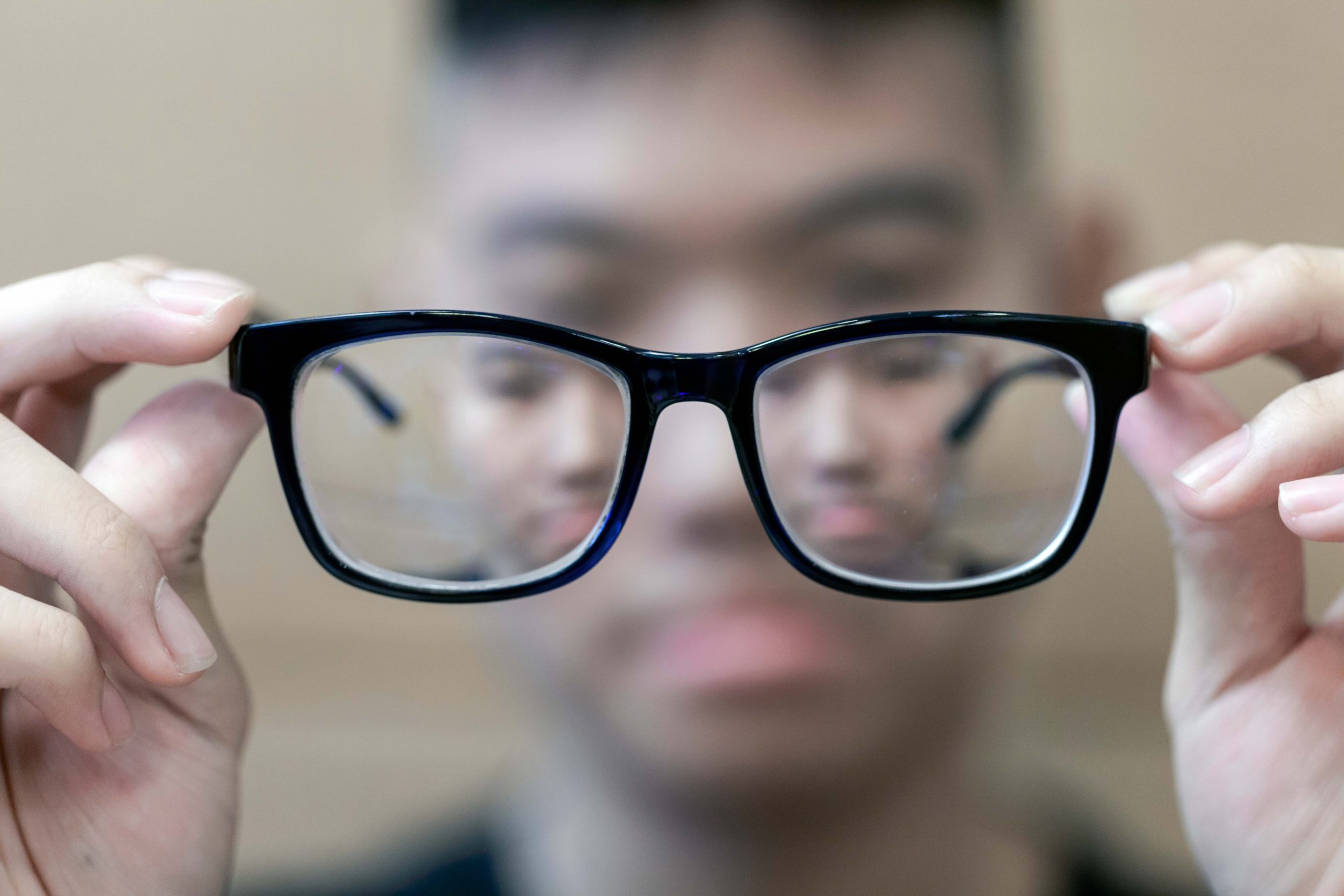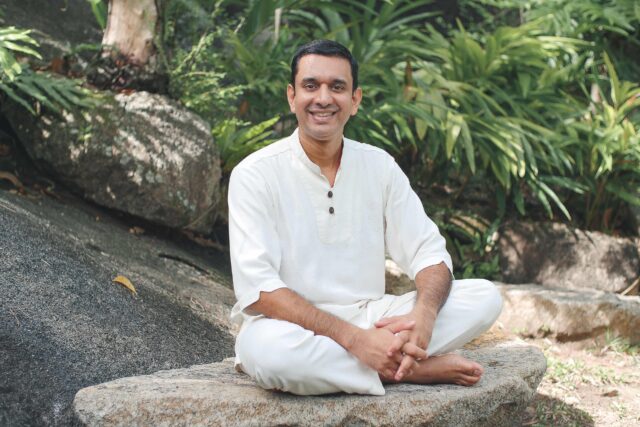We think of evolution as a glacially slow business, a gradual adaptation of physical or behavioral characteristics over thousands of years in response to environmental prompts. Lions with short teeth struggle to bring down enough kills to feed themselves and their offspring. In time they and their inadequate dentistry vanish from the gene pool, surrendering the savannah to lions with longer teeth. In fact, in 1859 Charles Darwin, noting the “astonishing” variety of breeds descended from a single species of pigeon, identified two types of evolutionary change – slow and incremental, and rapid and dramatic. The latter he termed “monstrosities,” a “considerable deviation of structure in one part, either injurious to or not useful to the species.” That’s a definition that could well be applied to the epidemic of human shortsightedness now sweeping the world.
Over time, evolution gave us excellent sight. If you couldn’t see well, you couldn’t hunt for food or dodge the carnivores hunting you, which meant you either starved or were eaten and your genes would not be passed on. Natural selection at play. But now changes in lifestyle are, by evolutionary standards, almost overnight sabotaging tens of thousands of years of fine-honing visual acuity.
Over the past few years, research analyzing decades of data has shown that myopia is becoming increasingly common. That’s a problem with a range of consequences, from the cost and lifestyle-hampering inconvenience of the need for glasses or contact lenses, to the long-term complications of myopia, which increases the risk of cataracts, glaucoma and even retinal detachment later in life.
A paper published in the journal Ophthalmology in 2016, based on a systematic review of 145 studies from around the world, concluded that between 2000 and 2050 the number of short-sighted people on the planet will have risen from 1.5 billion to about 5 billion, an astonishing increase of over 230 percent.
About half of all young people in Europe and the US are now short sighted – twice as many as 50 years ago. The situation is even worse in east Asia, which, according to a report in the journal Nature, “has been gripped by an unprecedented rise in myopia,” with up to 90 percent of Chinese teenagers and young adults shortsighted.
It isn’t necessary to look far to see one possible cause – about as far as your hands, in fact. All around the world, the sight of people staring at screens has become ubiquitous. At the same time, the average number of hours spent studying during childhood has also increased dramatically.
In today’s competitive global jobs market, a high premium is placed on education in many countries, including China, and children spend many hours glued to books or computer screens. Unsurprisingly, researchers have found a direct correlation between short sightedness and levels of educational attainment. There is, in other words, truth in the old stereotype of the bespectacled swot.
But that isn’t the whole picture. Research in the United States, Australia and Israel has suggested that it isn’t books or screens as such that may be damaging children’s sight, but the attendant reduction in outdoor time.
This first became evident in a study among the Inuit in the north of Alaska, where in one generation short sightedness went from being almost non-existent to affecting one child in two, as children spent less and less time engaging with traditional, outdoor pursuits, such as hunting.
Another study, in Australia, found that “higher levels of total time spent outdoors [are] associated with less myopia,” a finding replicated by a UK study in June this year. This provided strong evidence that “more time spent in education is a causal risk factor for myopia” and concluded that “the best recommendation, based on the highest quality available evidence at the moment, is for children to spend more time outside.”
That advice is seemingly upheld by a number of studies that have found the prevalence of myopia is much less among children in certain countries in the Middle East – possibly because there is less emphasis, especially in remote rural areas, on intensive education. One study, among 400,000 children in Oman in 2003, found only 4.1 percent were shortsighted – a dramatically smaller percentage than in east Asia – and similar results have been reported in Iran.
Research in Amman, Jordan, found increased incidence of myopia was “significantly associated with … computer use, and reading and writing outside school,” while playing sports reduced the risk. By contrast, a study investigating the epidemic of short sightedness among east Asian children, published this month in the journal Ophthalmology, concludes that “prolonged attendance of cram schools” is one of the major risk factors for the onset of myopia among children aged 7 to 12.
One country that appears to be bucking the global myopia trend is Norway, where educational standards are high. A paper published this month in the journal Scientific Trends suggests this might be because “being outdoors is a part of the Norwegian culture and a major part of growing up.”
Children in Norwegian kindergartens spend two hours a day outdoors in the winter and at least four in the summer, and at primary school all breaks are taken outdoors. Exposure patterns are described as being “quite different from those of children attending east Asian schools, where recess time usually is spent indoors.” Research from Taiwan has suggested that it is necessary for children to spend a minimum of two hours outdoors every day to prevent the onset of myopia.
As yet, no one has quite worked out why spending more time outdoors is good for our eyes, especially during the developmental years of childhood. But the message is clear: the competitive drive to equip our children with the best possible education must be balanced with the need to preserve their eyesight, a lesson that should be borne in mind as the Middle East launches into recalibrating its school systems for the new age.
For parents, schools and policymakers, that means making sure that our children spend as much time gazing toward the horizon, as toward their futures. Anything else is just plain shortsighted.
• This article ran originally in 2018.






